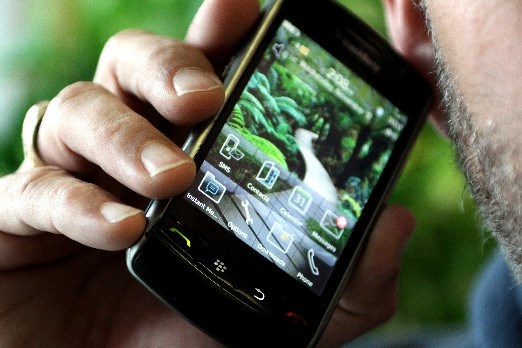Surfing the Internet on the run just got a heck of a lot quicker in Thunder Bay.
On Tuesday TBayTel announced its much anticipated 3G HSPA network was up and running in the city, with rollout to communities west of Thunder Bay, like Dryden, Sioux Lookout, Red Lake and Kenora scheduled for operation by the end of next month.
Atikokan, Fort Frances, Rainy River and Nipigon will come on board in January. The company plans to fill in the gaps along the Trans Canada Highway sometime next summer.
Don Campbell, president and CEO of the municipally owned public utility, said mobile users with 3G-technology phones in Thunder Bay should start to notice significant difference immediately. When the full 3G HSPA network is completed, it will bring the entire region up to speed with the rest of the world, Campbell added.
"The new network has closed the gap technologically – Thunder Bay today and Northern Ontario in the next few months – with the rest of Canada. Right now the rest of Canada is operating on 3G HSPA networks and now we’re there too," Campbell said.
That means users will finally get the most out of their latest-generation iPhones, Blackberries and Androids, Campbell said.
"Our customers who have compatible handsets will be able to go onto this network, operate as they have before, with voice and text and all the other features, but in addition they’ll have access to a data network that will have very fast download speeds and allow much better access to the Internet."
The switchover will also provide users much more freedom of choice when deciding on a mobile device that’s right for them.
No longer will they be limited by technology, Campbell said.
"The variations of the types of handsets and the vendors of handsets will all be expanded significantly on this new network."
The term 3G is actually short for third generation. HSPA stands for high-speed packet access.
First generation networks, unveiled in the 1980s, used analog technology; they were soon followed by 2G technology, which uses digital radio signals, encrypted signals to prevent unauthorized eavesdropping and allowed for the arrival of text messaging, which has helped changed the way the world communicates.
The 3G HSPA network allows for data transfer rates of 14.4 megabits per second, and 2.2 megabits per seconds per cell for uploads.
Worldwide, according to Netcomm.com, it’s expected more than one billion people around the planet will be using 3G technology by 2012.
Campbell wouldn’t say how much of an investment the company is making to expand and upgrade its network, only that it’s "many millions" of dollars.
